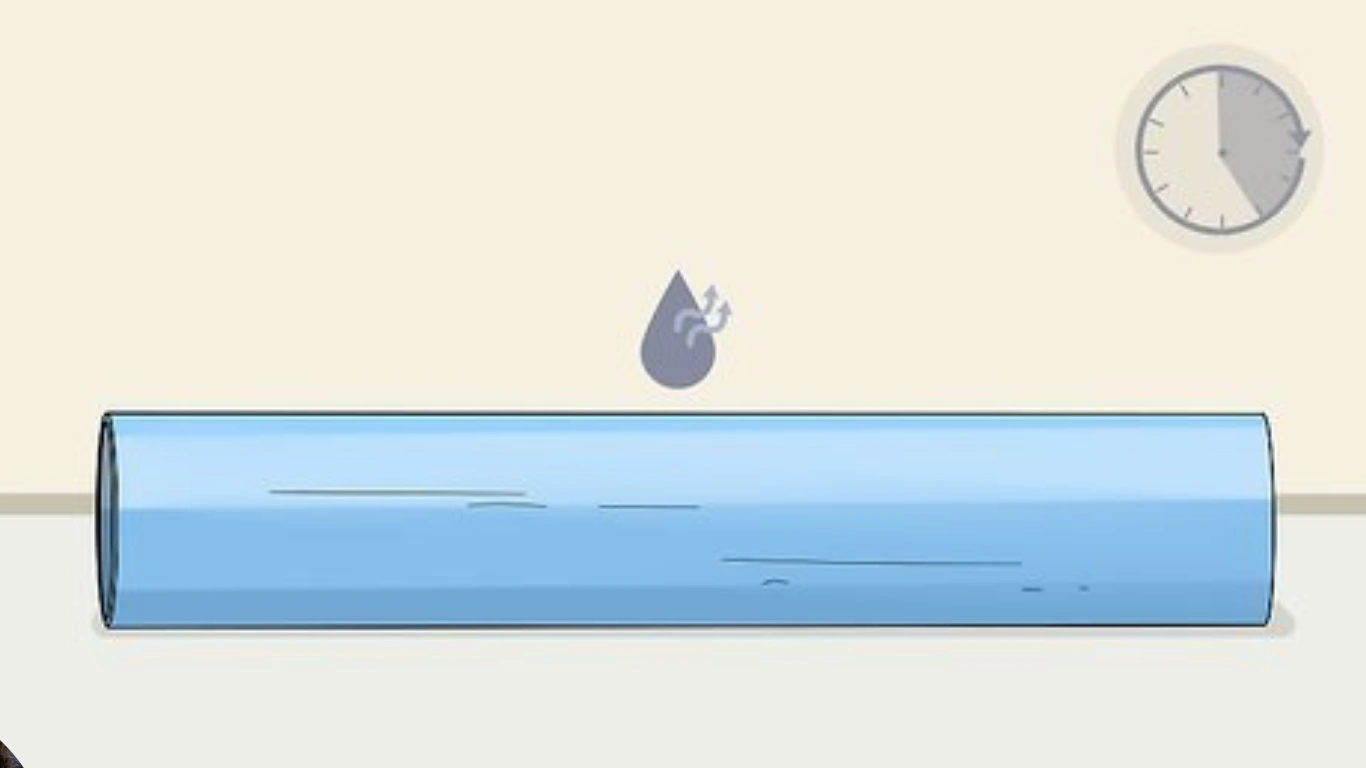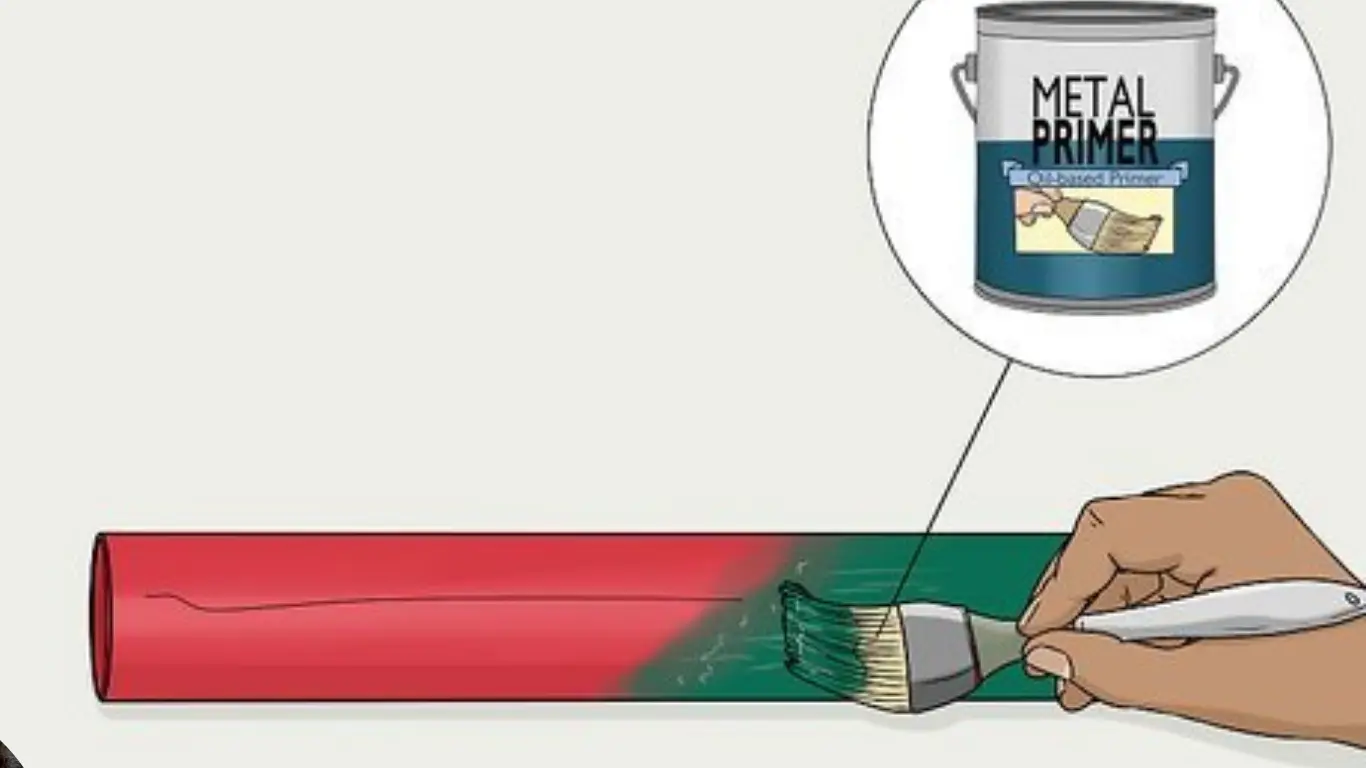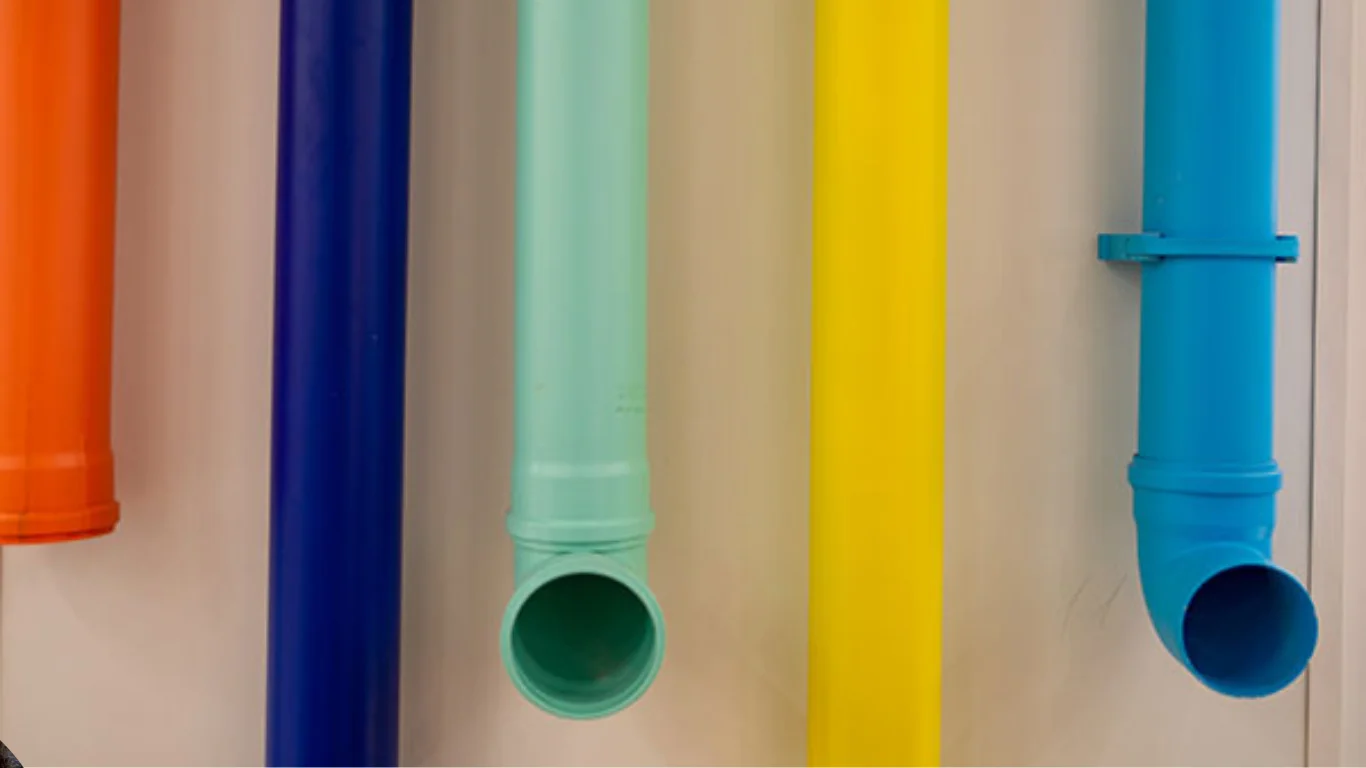Have you ever looked at those exposed plumbing pipes in your basement or bathroom and thought they don’t match the vibe of your home? You’re not alone. Many homeowners wonder: can you paint house plumbing pipes? The short answer is yes; you can absolutely do so. But hold on—it’s not as simple as grabbing any old can of paint and going to town. Doing it right means you’ll end up with a finish that’s not only visually appealing but also durable enough to withstand the daily wear and tear of moisture, house heat, and use.
Common Types of Plumbing Pipes in Homes
Let’s kick things off by getting to know what’s hiding behind your walls or under your sinks. Not all plumbing pipes are the same, and that matters significantly when considering painting them. The most common types you’ll find in homes include PVC, copper, galvanized steel, and PEX. Each has its own personality, so to speak. PVC pipes, those white or gray plastic ones, are super popular for drains and cold water lines. They’re lightweight and naturally resist corrosion, but they can appear plain or become scuffed over time.
How Pipe Material Influences Paint Choice and Adhesion

Why does the material matter so much for painting? It’s all about how well the paint adheres and stays in place. Metal pipes, such as copper or galvanized steel, require paints that adhere to smooth, sometimes oily surfaces. If you slap on the wrong type, it’ll peel off faster than you can say “oops.” Plastic pipes, such as PVC or PEX, are trickier because they’re slick and non-porous. Regular paint might not bond well, leading to cracks or flakes. Think of it like trying to paint a slippery slide— you need something that roughs it up a bit first.
Challenges with Painting Different Pipe Materials
Painting PVC versus metal isn’t an apples-to-apples comparison. With PVC, the big challenge is flexibility— these pipes can expand and contract with temperature changes, which might crack rigid paints. Metal pipes, on the other hand, are prone to rust and heat. Hot water running through copper can make paint bubble if it’s not heat-resistant. Galvanized steel has its own issues: the zinc coating can react with some paints, causing them to fail. And PEX? It’s bendy, so you need flexible paints that move with it.
Why Knowing Your Pipe Material Is Crucial
Before you even think about cracking open a paint can, identify what you’re working with. Check labels, look for colors, or even consult a plumber if you’re unsure. Why? Because using the wrong approach could void warranties or, worse, cause pipe damage. Imagine painting over a small rust spot on steel without treating it— that corrosion could spread underneath. Take a moment, reader: Grab a flashlight and inspect your plumbing pipes. Knowing the material sets you up for success and saves headaches later. It’s like having a roadmap before a road trip— essential for a smooth journey.
Boosting Aesthetics: Hiding and Blending Pipes

Picture this: You’re remodeling your bathroom, and those exposed pipes are ruining the sleek look. Painting them can transform that eyesore into something that blends right in. Whether you want them to match your wall color or add a pop of personality, a fresh coat makes pipes disappear visually. It’s not just about hiding; it’s about enhancing. In house basements or utility rooms, painted pipes can tie the space together, making it feel more like a finished room than a forgotten corner. I’ve seen DIYers transform industrial-looking setups into modern marvels with just a few coats of paint.
Protecting Against Corrosion and Rust
For metal pipes, painting isn’t just cosmetic— it’s a shield. Rust is the enemy, especially in damp areas. A good paint job creates a barrier against moisture and oxygen, the culprits behind corrosion. Think of it as armor for your pipes, extending their life and preventing costly repairs.
Copper pipes and steel benefit the most here. By sealing them up, you reduce the risk of leaks from weakened spots. It’s a proactive step that pays off in the long run.
Handling Heat: Safety and Durability for Hot Pipes
Hot water pipes get, well, hot. House Painting them with heat-resistant formulas not only protects the pipe but also makes them safer to touch. No more accidental burns in tight spaces! This is key for steam or heating systems where temperatures soar. The right paint withstands the heat without cracking, keeping everything functional and safe.
Potential Drawbacks and Risks
But let’s be real— painting isn’t always a win. If you skimp on prep, paint can peel, trapping moisture and accelerating damage paint. It might even affect how pipes expand or contract, leading to cracks. Another con: Over-painting could hide leaks or issues, making them harder to spot. And if pipes are insulated, painting over that might reduce efficiency.
Prioritizing Safety: Shut Off and Cool Down

Before house design, safety is paramount. Turn off the water supply to the pipes you’re painting. This prevents surprises like sudden sprays. If they’re hot water lines, let them cool completely— painting hot surfaces leads to bubbles and poor adhesion. Work in a well-ventilated area to avoid fumes. Grab your gear: a mask, gloves, and eye protection. It’s like suiting up for a mission— better safe than sorry.
Selecting and Applying the Right Primer
Primer is your best friend here. For metal pipes, select a rust-inhibiting primer to prevent corrosion from occurring. Apply it evenly with a brush or spray. Plastic plumbing fixtures require a PVC-specific primer or cleaner that chemically etches the surface of the pipe. Let it dry according to the label, which usually takes 10-30 minutes. Why primer? It bridges the gap between pipe and paint, ensuring longevity. Test a small spot first to check compatibility.
Masking and Protecting Surrounding Areas
Don’t let paint go rogue. Use painter’s tape and drop cloths to mask off walls, floors, and fixtures. For tight spots, plastic sheeting works great. This prevents drips and overspray, saving time on cleanup. Think ahead: Cover anything you don’t want painted, like valves or joints. We’ve touched on this, but let’s emphasize: Open windows, use fans, and wear that mask. Fumes from primers and paints can be strong, especially in enclosed spaces.
Exploring Paint Types and Their Features
Picking paint is like choosing the right outfit— it has to fit the occasion. For metal pipes, oil-based enamel paints are stars. They’re tough, resist moisture, and handle heat well. Think of them as the heavy-duty option for bathrooms with high humidity. Acrylic latex paints are suitable for use on plastic pipes or in cooler areas. They’re water-based, easy to clean up, and flexible enough not to crack on expanding materials. For hot water or steam pipes, opt for heat-resistant paints rated at 200°F or higher. These prevent melting or discoloration.
Specialty Paints vs. Regular Household Options

Specialty pipe paints are formulated for the job— they bond better and last longer than your average wall paint. Regular household paints may work in a pinch, but often fail under stress from moisture or heat. Look for labels saying “rust-preventive” or “high-heat.” They’re worth the extra cost for durability. Without playing favorites, brands like Rust-Oleum or Krylon offer great generic options. Their spray enamels are popular for even coverage on pipes. Test compatibility: Dab a bit on a hidden spot and wait 24 hours. No bubbling? You’re good.
The Prep Phase Revisited
You’ve prepped, but double-check: Are the pipes cleaning? Primed? Masked? Good. This foundation is everything. Now, the fun part: Painting! Spraying gives a smooth, even coat, ideal for hard-to-reach areas. But it requires good ventilation and can overspray. Brushing is more controlled, great for details, but might leave marks if you’re not careful. Pros of spraying: Speed. Cons: Mess. Brushing pros: Precision. Cons: Slower.




